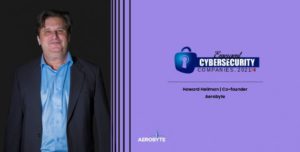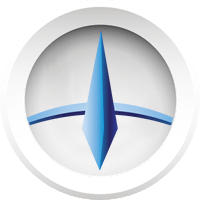SASE Edge a Security Architecture For the Cloud

SASE Edge a Security Architecture to Secure the Cloud
If you’re looking for a cloud security solution, you need to look no further than SASE Edge is the perfect fit for your business and can help you improve cloud security.

Gartner SASE Edge Architecture provides a standard way to secure the edge of the cloud.
A Software Defined Perimeter Gateway Broker’s communication directly to its authorized resource
Software Defined Perimeter deployed on the cloud’s edge removes the attack surface, thereby making the cloud invisible to only trusted connections.
Enforcing Policy and Procedures is a critical component of protecting the Cloud Edge.
Aerobyte’s Zero Trust SDP Gateway will inoculate infected systems from the most recent Solar Winds attack.
SASE Edge Encryption Gateway provides numerous use cases for deployment to eliminate numerous cyberattacks.

Aerobyte Named Top Ten Emerging Cybersecurity Company 2021
Aerobyte: Revolutionizing The Way Organizations Protect Themselves From A Cyberattack
Threat Deception can Step Up your Response to a Cyberattack
Share on linkedin Share on facebook Share on twitter Share on reddit Share on print When it comes to preventing data breaches, speed is everything. Businesses must leverage threat deception

SASE Edge Cloud Security Architecture by Gartner
SASE Edge a Security Architecture For the Cloud SASE Edge a Security Architecture to Secure the Cloud Facebook Twitter Pinterest Linkedin Reddit The cloud is a growing part of many
Easy SMS Hijacking
Vice is reporting on a cell phone vulnerability caused by commercial SMS services. One of the things these services permit is text message forwarding. It turns out that with a

Deploying Zero Trust on the Edge, Nightmare, or Match?
The internet is fundamentally flawed by design. What was once a friendly tool to communicate with has entrenched itself in our daily lives since the cloud’s adoption, and organizations moved

Zero Trust Guidance Courtesy of the NSA
Zero Trust Model Guidance The National Security Agency (NSA) has released Cybersecurity Information Sheet: Embracing a Zero Trust Security Model, which provides information about, and recommendations for implementing Zero Trust





